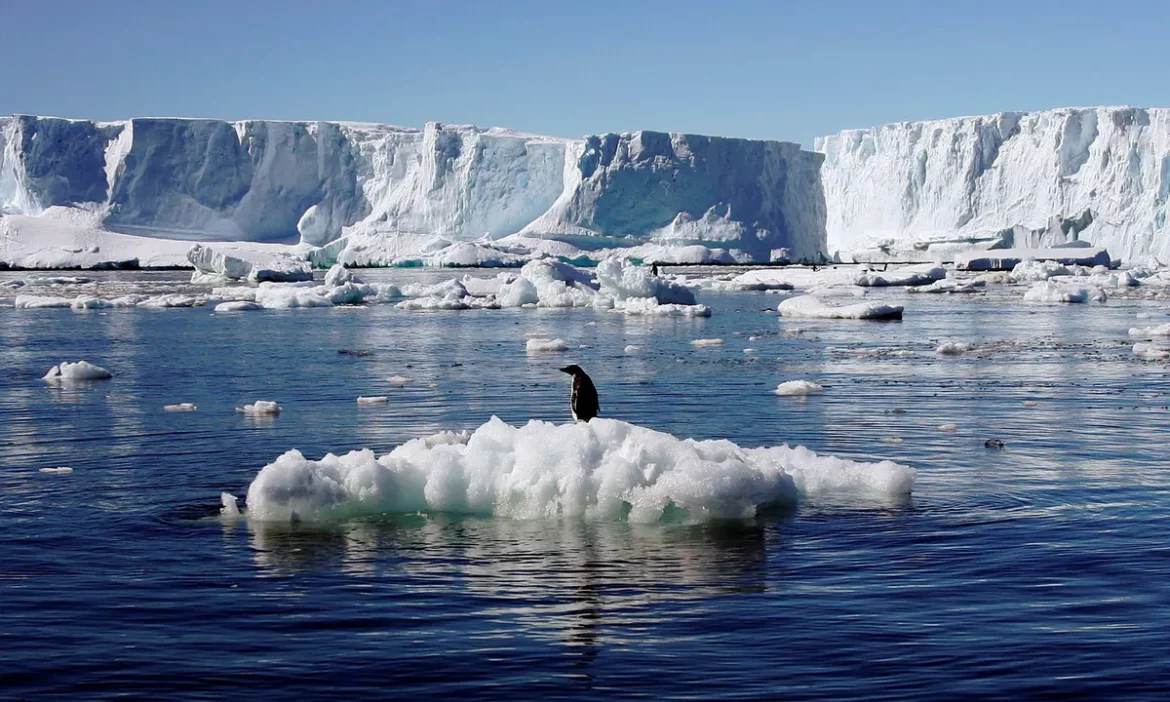Research from Australia’s premier government science agency has shown that stronger El Niño events due to global heating may accelerate the irreversible melting of the Antarctic ice sheet and ice shelves and rising sea levels.\
Published this week in the journal Nature Climate Change led by CSIRO researchers, the research found that stronger El Niño events were likely to have divergent impacts in the ocean surrounding the southern continent.
Previous studies have found that rising atmospheric greenhouse gas concentrations are expected to increase the magnitude of the El Niño Southern Oscillation (Enso), the planet’s most significant year-to-year climate fluctuation and a major driver of extreme droughts and floods. Extreme warm El Niño events and cool La Niña events are also expected to become more frequent as the planet heats.
Relatively little has been known about the impact of Enso changes in Antarctica.
Read also: CSO charges youths to engage in climate change activities
Reports have also shown that the examination of 31 climate models found stronger El Niños may accelerate the heating of deeper ocean waters while slowing the pace of warming on the surface as westerly winds along the continental shelf become less intense.
Dr Wenju Cai, a chief research scientist at CSIRO and the study’s lead author, was quoted to have said that the former would lead to the ice sheet and ice shelves melting faster.
However, the study did not look at how much more rapidly melting may occur. The Antarctic ice sheet is estimated to contain about 30m cubic kilometres of ice, enough to raise the global sea level by 70m over centuries if completely melted.
A recent study estimated that global temperatures 1C above pre-industrial levels – a point already passed – would be enough to gradually collapse the West Antarctic ice sheet, leading to four metres of sea level rise.
“This new research shows that stronger El Niños may speed up warming of deep waters in the Antarctic shelf, making ice shelves and ice sheets melt faster,” Cai said. “Our modelling also revealed that warming around the edges of floating sea ice is slowed during this process, slowing down the melting of sea ice near the surface.”
Story was adapted from the Guardian.
